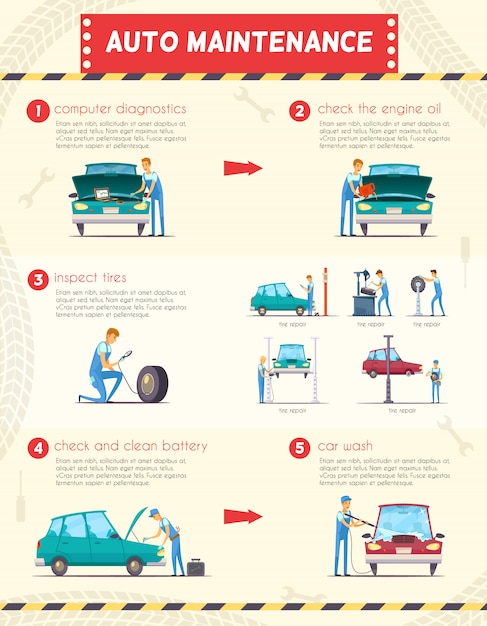Decoding Your Lorry'S Warning Indicators: What They Truly Signify
Decoding Your Lorry'S Warning Indicators: What They Truly Signify
Blog Article
Web Content Develop By-Lim Dalgaard
When you lag the wheel, those beautiful caution lights on your dashboard can be a little bit perplexing. Do you recognize what they're attempting to inform you concerning your vehicle's health? Comprehending the value of these lights is crucial for your security and the longevity of your lorry. So, the following time among those lights appears, wouldn't you intend to decode its message properly and take the needed steps to address it?
Common Caution Lighting and Interpretations
Determine typical warning lights in your car and understand their definitions to ensure risk-free driving.
https://ecu-remapping40627.activoblog.com/32591366/personal-representation-enhancing-my-worn-out-cars-and-truck-with-a-weekend-break-outlining-experience of the most common warning lights consist of the check engine light, which signifies concerns with the engine or exhausts system. If this light begins, it's crucial to have your car examined quickly.
The oil pressure alerting light suggests reduced oil pressure, needing immediate focus to stop engine damage.
A blinking battery light might suggest a malfunctioning billing system, possibly leaving you stranded if not attended to.
Get More (TPMS) light notifies you to low tire pressure, influencing lorry security and fuel efficiency. Disregarding this might lead to harmful driving problems.
The abdominal muscle light shows a trouble with the anti-lock braking system, compromising your capability to stop rapidly in emergencies.
Last but not least, the coolant temperature alerting light warns of engine getting too hot, which can result in severe damage otherwise solved promptly.
Recognizing these typical warning lights will certainly assist you resolve problems immediately and keep secure driving conditions.
Relevance of Prompt Attention
Comprehending the common warning lights in your cars and truck is only the very first step; the importance of without delay dealing with these cautions can't be emphasized enough to guarantee your safety when driving.
When a warning light brightens on your dashboard, it's your car's way of communicating a prospective issue that needs focus. Neglecting these cautions can result in a lot more extreme troubles later on, compromising your safety and security and potentially costing you a lot more in repairs.
Prompt attention to alerting lights can prevent break downs and accidents. For instance, a flashing check engine light might show a misfire that, if left ignored, can cause damages to the catalytic converter. Addressing this quickly can save you from a pricey repair.
Likewise, a brake system warning light may indicate reduced brake liquid or used brake pads, vital components for your safety and security when driving.
Do It Yourself Troubleshooting Tips
If you discover a warning light on your dashboard, there are a few do it yourself troubleshooting tips you can attempt prior to seeking professional help.
The first step is to consult your vehicle's guidebook to understand what the particular caution light shows. Occasionally the problem can be as basic as a loose gas cap causing the check engine light. Tightening the gas cap may solve the problem.
Another common concern is a reduced battery, which can cause various alerting lights. Examining the battery connections for rust and ensuring they're safe may fix the problem.
If a warning light lingers, you can attempt resetting it by detaching the car's battery for a few minutes and after that reconnecting it. Additionally, inspecting your vehicle's fluid degrees, such as oil, coolant, and brake fluid, can help fix warning lights related to these systems.
Final thought
In conclusion, comprehending your auto's warning lights is vital for maintaining your automobile running efficiently and securely. By promptly resolving these informs and knowing what they mean, you can stay clear of costly fixings and prospective malfunctions.
Bear in mind to consult your auto's manual for certain information on each cautioning light and act as necessary to make certain a trouble-free driving experience.
Stay informed, stay secure on the road!
